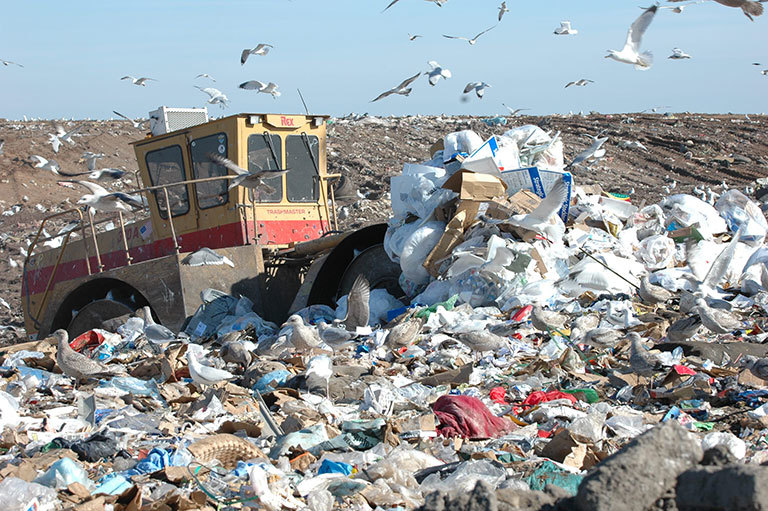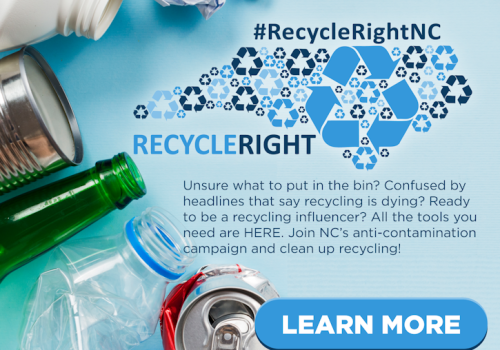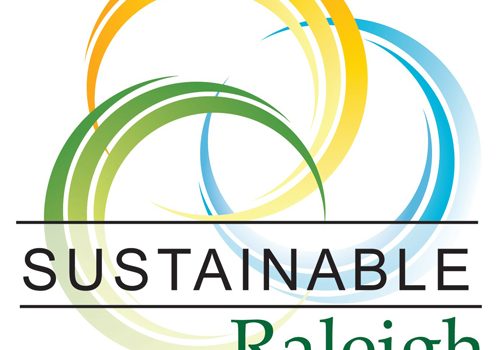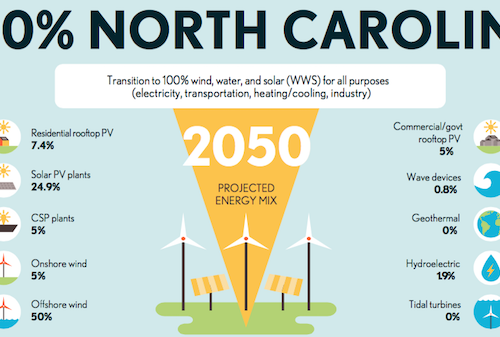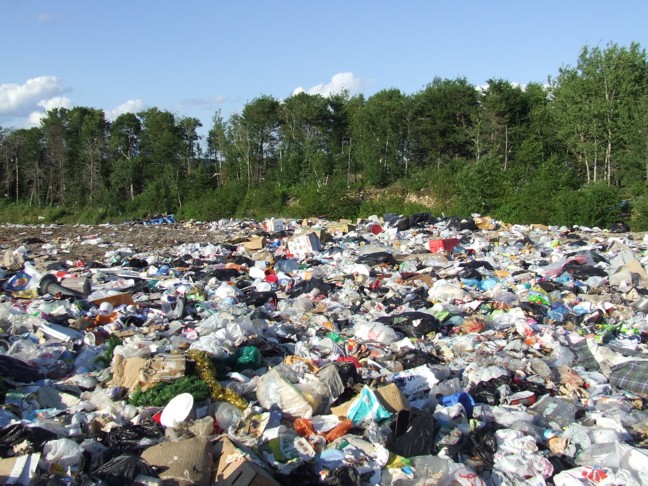Uses Of Landfills In NC
What Does A North Carolina Landfill Look Like?
Modern landfills are well-designed and well-run places to get rid of trash. To make sure they follow federal rules, landfills are put in place, designed, managed, and watched. They are also meant to keep pollution from getting into the environment through waste streams. Landfills are not allowed in places that are bad for the environment, and they must be placed with the help of equipment that can monitor the environment on-site. These monitoring devices protect you even more by finding contamination in groundwater and landfill gas. The Resource Conservation and Recovery Act has very strict rules about how landfills must be built, run, and shut down (RCRA).
One part of an integrated waste management system is putting trash in landfills. The EPA encourages communities to build waste management systems based on the waste management hierarchy. This system puts source reduction at the top because it reduces waste volume and toxicity and extends the life of manufactured goods.
What Kinds Of Trash Dumps Are There In North Carolina?
The RCRA Subtitle D (solid waste) and Subtitle C (hazardous waste) or the Toxic Substances Control Act (TSCA) regulate landfills (TSCA).
Subtitle D says that the planning, regulating, and carrying out of the management of nonhazardous solid waste, like garbage from homes and nonhazardous industrial solid waste, are mostly done by state and local governments. Subtitle D includes the following dumps:
MSWLFs (Municipal Solid Garbage Landfills): These landfills are made to take trash from homes and other nonhazardous trash.
Bioreactor Landfills are a type of MSWLF that quickly turn organic waste into something else and destroy it.
Industrial Garbage Landfill: A landfill that is set up to collect trash from businesses and institutions. This trash, called “industrial waste,” can make up a large amount of solid waste in even small cities and suburbs.
Construction and Demolition Debris Landfill (C&D): Debris from building, repairing, and tearing down buildings, roads, and bridges is thrown away in an industrial waste landfill for construction and demolition materials only. C&D materials often include concrete, wood, metals, glass, and building parts that have already been used.
CCR landfills are places where leftovers from burning coal are taken care of and thrown away (CCRs or coal ash). On April 17, 2015, the Environmental Protection Agency (EPA) put rules in the Federal Register about how to get rid of CCR in landfills.
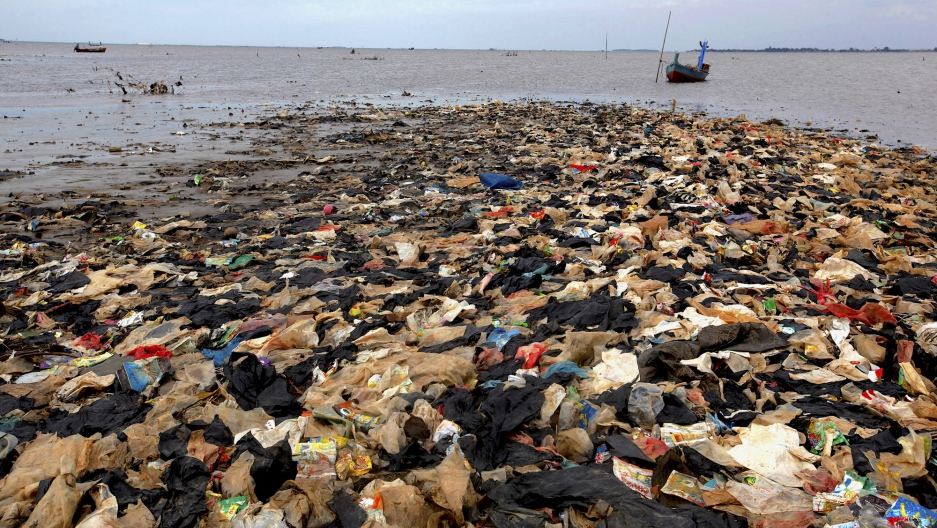
Subtitle C sets up a federal programme to control hazardous wastes from the time they are made until they are thrown away. The goal of the Subtitle C programme is to make sure that dangerous waste is dealt with in a way that is safe for people and the environment. Laws in Subtitle C control how hazardous waste is made, moved, treated, stored, and thrown away. Under Subtitle C, the following dumps are named:
Hazardous waste landfills are places where hazardous waste is thrown away. These garbage dumps are not used to get rid of solid waste.
Polychlorinated biphenyls (PCBs) in landfills: The Toxic Substances Control Act has rules about PCBs. Some ways to clean up PCBs don’t need EPA certification, while others do.
How North Carolina’s Garbage Dumps Affect The Environment:
Methane gas from landfills is the most dangerous threat to the environment. Methane gas is made when organic matter breaks down in landfills. Methane absorbs 84 times more heat from the sun than carbon dioxide. This makes it one of the most powerful greenhouse gases and a major cause of climate change.
Landfills also give off carbon dioxide, water vapor, and small amounts of oxygen, nitrogen, hydrogen, and organic compounds that are not methane. If these gases aren’t controlled, they can change the climate and make smog.
Most of the time, building a landfill means destroying natural wildlife habitats. On average, a dump is 600 acres big. Over 3,000 active landfills in the United States have caused the loss of up to 1.8 million acres of habitat.
Federal law says that landfills must be lined with plastic or clay, but these liners often leak. This can cause leachate, a liquid made by landfills, to get into nearby water sources and hurt ecosystems even more.
The amount of ammonia in leachate can be pretty high. When ammonia gets into an ecosystem, it changes into nitrate. This nitrate can cause more plants to grow, which can lead to eutrophication, which is a lack of oxygen in nearby water sources.
The process of eutrophication makes “dead zones” where organisms can’t live because there isn’t enough oxygen. Due to the dangerous compounds in landfills, leachate has dangerous chemicals like mercury and ammonia in it.
How Can We Stay Away From Dumps?
Recycle! Each year, recycling takes more and more trash out of landfills. Recycling keeps plastic and other things from ending up in landfills and gives them a new purpose.
Don’t use plastics that you only need once. Visit the blog of the CU Zero Waste team to learn more about single-use plastics and how to avoid them.
Compost! To break down properly, compostable materials need oxygen, which landfills don’t have. Huge amounts of trash can be avoided if biodegradable items are put in the compost instead of the trash.
Landfills help keep our cities clean, but they also pose a serious threat to the health of the environment. Working toward a zero-waste lifestyle makes us less dependent on landfills, which is good for the environment and our health.

